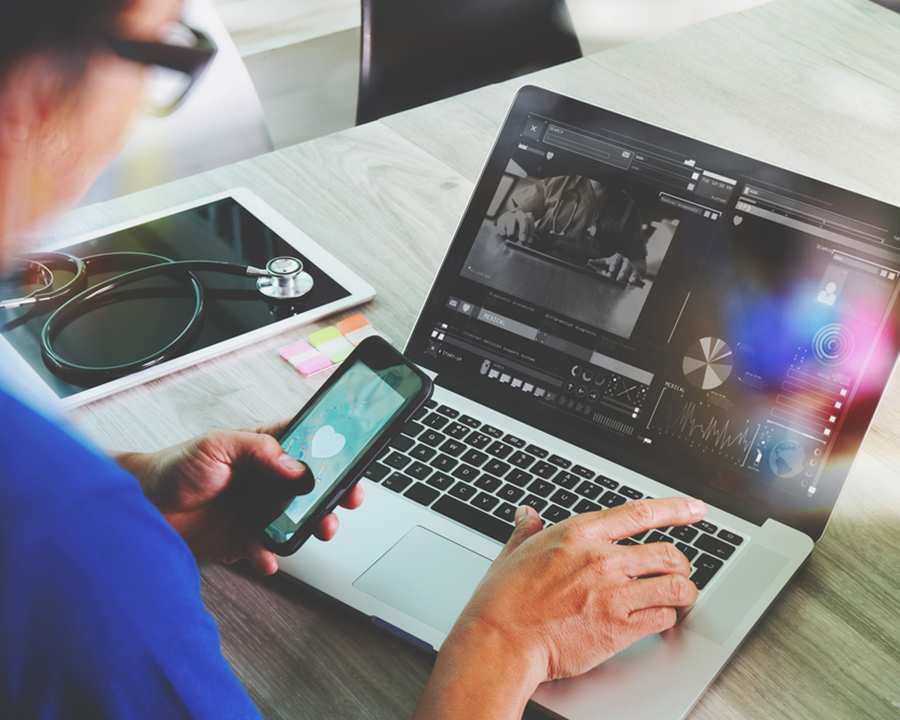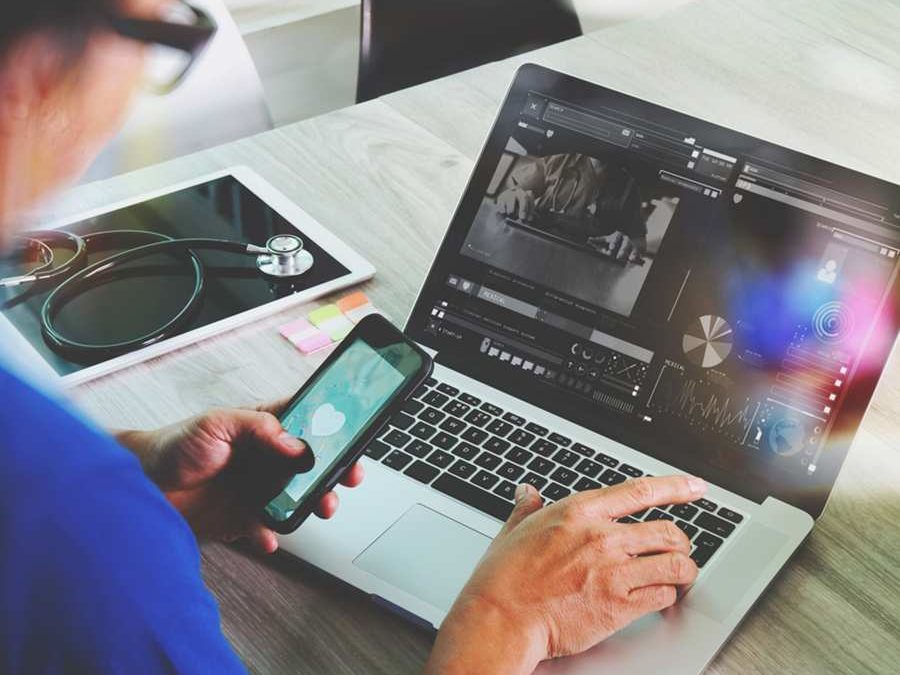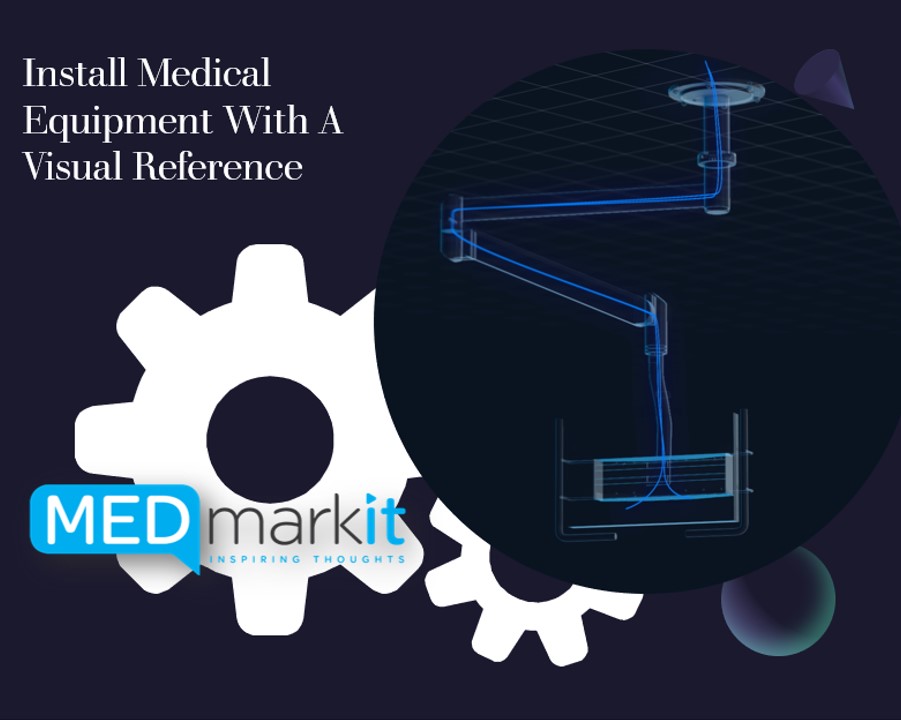You’re a manufacturer in the medical industry producing state-of-the-art solutions finding challenges in explaining the produced solutions to sales reps or training your customers in the healthcare industry. Or you’re a hospital administrator who is looking for new ways to alleviate anxiety within patients. Your staff mentions repeated communication gaps between the patients and medical personnel, causing patients to fear and doubt the operations. Many patients in the hospital remain confused about the procedures despite incessant explanations.
You want to deliver your messages in a simple way, but you don’t know where to begin.
What’s the answer?
In this case, medical animation is a valuable asset that can translate dense medical material to visually explained media that can be absorbed easily. For the marketing field, it’s a useful asset that can educate potential clients. It can also keep the industry afloat during emergency situations. This article will explain the benefits and types of medical animation to help you invest wisely when considering such an asset. Read further if you wish to know how animations can improve your organization.

The Power of Animation
Overall, a medical professional can utilize medical animation videos in the following ways:
- Marketing
- Educational purposes
- Patient correspondence
Marketing techniques are evolving in the current digital era. Digital channels are growing, helping in delivering the needed messages to the customers in a specific and measurable manner. Some statics say, 93% of buying decisions are influenced by social media, and 80% of our mobile consumption is video content. This means that your prospective customer (doctor, nurse, or any healthcare professional) would more likely to watch a video than read an article or browse your website.
Educating and training human resources are usually costly, time-consuming, and challenging. As in the healthcare sector, the safety and wellbeing of patients are at risk for serious surgeries. Thus, animation within the healthcare industry is an immense asset that can provide clarification on complex subjects by creating visual content used for medical educational training, surgical applications and technique, and as explainer material highlighting how a medical device is used or installed.
When dealing with patient education, hospitals or clinics may use medical animation to provide more information about procedures or treatments that patients could benefit them. Hence, patients can have a better understanding before visiting a doctor in-person which reduces anxiety.
Animation has a special power which it can show medical content in a different angel. Medical animation can reveal scenes that aren’t usually seen through the naked eye or under the microscope. Additionally, visual content can be transferred easily to any of your remote teams, and accessible anywhere ensuring your intended messages are delivered.
Types of Medical Animation
So, you need a visual solution for education, training or marketing. The confusing question always arises, which type of medical animation suites my needs, is it 2D or 3D animation? To make your decision easier, 2D and 3D animation are both visualization techniques that bring to life objects, concepts, and ideas for viewers. For example, you would like to show medical devices in an operation room. in 2D, objects are seen flat in two dimensions, X and Y axes. Yet, using the 3D animations, objects move and rotate on X, Y and Z axes which shows the depth of the object.
Because of the level of complexity involved, 3D animations require more work and time, which makes them more expensive. Hence, which is the right choice of animation for you?
That depends on what you need the animation for. The 2D animations are less complex and thus, more budget-friendly. That does not mean that they are not effective. The 2D animation is a good choice for content marketing, as well as educational explainer videos for customers or patients.
The 3D animation is a better choice if you are developing videos where you need to show a great level of detail, these include:
– Advanced educational surgical training videos
– Explaining therapeutic solutions
– Showing mechanisms of disease and actions for the pharmaceutical industry
– Instructions on the proper installation and usage of devices.
As you’ll probably be using these 3D animated videos again and again for a longer period, it justifies the higher cost.
To learn more about the difference between 2D and 3D medical animation, please watch the following video:
Animations During Times of Distress
Being available online utilizing digital platforms to present your solutions, will help your audience have access to the content which you present at any time. Animated videos are a convenient tool that allows a user to watch objects remotely in a clear manner, especially in an age of distancing guidelines and worldwide lockdowns. Moreover, medical animation visuals can sustain the marketing arena as more professionals demand new technologies that allow them to work remotely. Doctors and patients need cutting-edge systems that allow both parties to communicate routinely without in-person meetings.
Medical professionals must also maintain contact with colleagues remotely. Virtual meetings call for presentations with immaculate animations, ensuring that everyone remains on the same page during discussions.
Medical Animation and its Prominent Role in the Medical Field
Medical animation allows medical professionals to unleash medicine novelties using visual aids. Also, it is a great marketing tool that clarifies product features and increases brand awareness.
Are you interested in learning more about the dynamic animation field? Click here to get connected with MEDMARKIT team to get a free consultancy.



